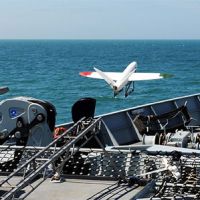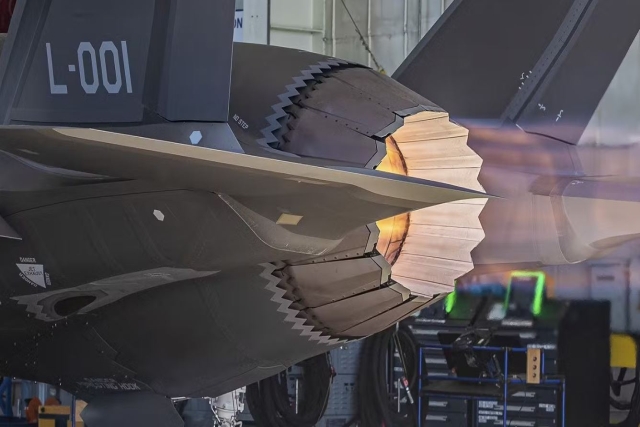British Navy Tests 3-D Printed Drone Aboard Its Warship

The Royal British Navy tested a Southampton Universtiy designed 3-D printed drone, Sulsa on its Ship HMS Mersey Tuesday.
The drone was launched using a three meter catapult and autonomously flown between pre-programmed way points for five minutes before being piloted to a safe belly landing, MIT Technologyreview website reported Wednesday.
The 1.5-meter-wingspan, propeller-driven drone was developed by aeronautical engineers at the University of Southampton and is known as Sulsa. It is clipped together from four parts made by a printer that fuses together nylon powder with a laser.
The cheap drone had been printed on shore and then assembled on the ship. The test was meant to demonstrate how more-or-less disposable drones that could, in a pinch, be printed onboard might cut costs and let a crew adapt quickly to a new mission, for example after a natural disaster.
Even the craft’s hinged control surfaces like rudders and ailerons are made in the printer. A battery, control electronics, propeller, and motor are needed to complete the drone, and sensors like cameras and radar can also be added. The finished drone can fly at up to 100 miles per hour.
“Ship-launched drones already exist but are typically much larger and cost millions of dollars,” Jim Scanlan, a professor at Southampton who works on Sulsa was quoted as saying by the website. “The navy thinks today’s ship-launched UAVs are too expensive,” he says.
Scanlan singles out Boeing’s Scan Eagle surveillance drone as an example. “Whoever is operating it is always petrified they might lose one,” he says. “If its single engine coughs, it goes for a swim.”











